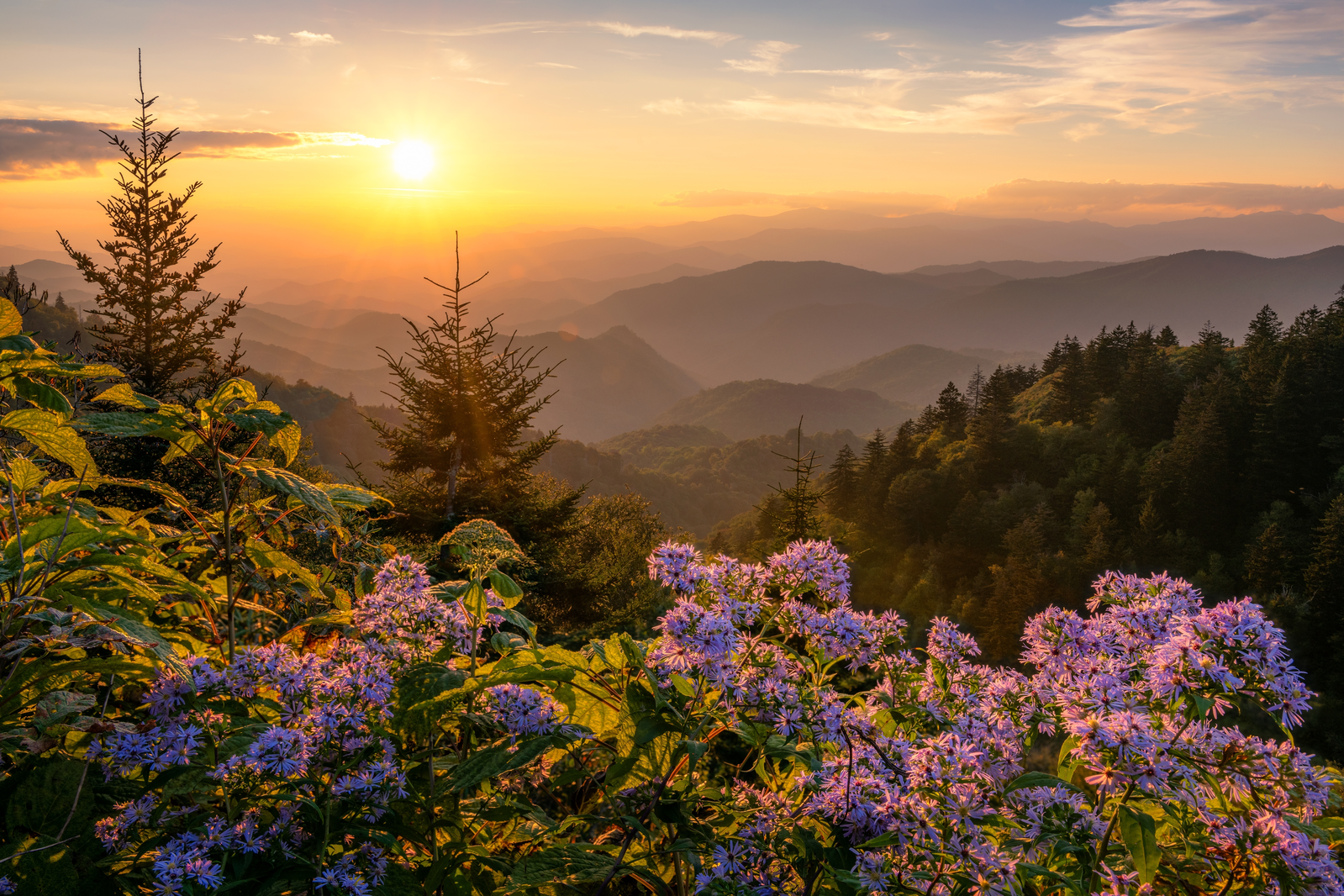Spotting black bears in the Smoky Mountains is something that you may want to do while you are in The Great Smoky Mountain National Park in their natural environment. Not many people get the chance to have a cute little bear wave at them though but one viewer got just so lucky and was also able to video it to share with you.
Facts about black bears
- Black bears are the only species of bear found in the Great Smoky Mountain National Park.
- Black bears is the second largest native mammal native to the Great Smoky Mountain National Park, only slightly smaller than the elk.
- Black Bears can be found in forest areas from Maine to California and Canada to Mexico making them the species of bear in North America that has largest distribution area.
- Approximately 1,500 black bears are known to live in the Great Smoky Mountain National Park.
- Black bears prefer areas that are thick grown areas of the forest preferable with oak/hickory trees and the undergrowth from rhododendron, mountain laurel, and berry bushes give them both hiding and food sources.
- Black bears eat the acorns from white oak trees, the fruit from cherry trees, and berries from blackberry, blueberry, and huckleberry bushes.
- Black bears most important sensory is smell, they have more than a hundred times the smell receptors in their nose than a human nose. Black bears also have excellent hearing and see images in color but only see nearsighted.
- The largest male black bear ever captured in the Great Smoky Mountain National Park weighed 400 pounds and the largest female weighed 227 pounds.
- The Great Smoky Mountain National Park regulates that visitors cannot intentionally approach a black bear closer than 50 yards.
Tips for the best chances for spotting black bears in the Smoky Mountains
- Black bears are naturally found in forest areas and are commonly seen where there are berry bushes or in white oak tress in the fall.
- Black Bears are more active at dawn and at dusk and will be more likely to be seen.
- Cades Cove in the Great Smoky Mountain National Park has a very high amount of berry bushes and plant life that attracts black bears. So not only is Cades Cove the easiest accessible area to humans that black bears may be it is also an area that has a higher density population of black bears.

















